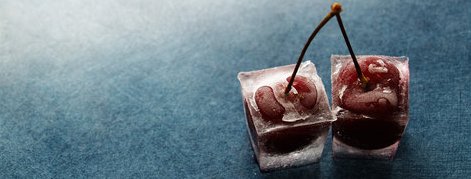At work, I tend to break up my day with food consumption. When I arrive, I have oatmeal and coffee, followed by a mid-morning snack (usually yogurt) a couple hours later. A few hours after lunch, it's time for my afternoon snack, which is right before it's time to go home. This routine helps me be productive, helps me stay awake, and keeps me from being too grumpy or lashing out at my lovely coworkers. Today's afternoon snack, same as yesterday, was a little zip-lock bag full of baby carrots. I noticed that each baby carrot had a core, and I wondered about the genetic makeup of the baby carrot, which brings me to today's thoughts....
First, let's have some background. Carrots are rich in dietary fiber, antioxidants, and minerals. They're a good source of vitamin A (which comes from beta carotene-- the element responsible for the vibrant orange color of the carrot). People will say that if you eat too many carrots, your skin will turn orange. This is absolutely true! It's called hypercarotenemia (although common to poke fun at, this can lead to liver damage, and in extreme cases can cause tumors in the eye and then death).
Baby carrots were first introduced in the late 1980s, and are not a separate carrot species, as some of you may believe. In fact, it's the peeled and chiseled down ugly carrots that make up the perfectly round, 2 inch long "baby" carrots we are so fond of as finger food. This is kind of a nice idea, similar to recycling. No one wants to purchase ugly, bumpy, deformed carrots, and rather than throw them away or feed them all to our livestock (which would then turn our cows orange-- there's a lot of ugly carrots out there), we find a way to beautify the ugly carrots into cute, delectable (and pricey) snacks.
Carrots are supposed to be juicy, crunchy, sweet, and have a particular aroma. Baby carrots, however, lack these characteristics and are often much less flavorful than your normal full size carrot. So, why do we like them so much? They're easy- pre cut, pre washed, ready for consumption; and they're aesthetically pleasing- uniformly perfect.

Something to consider though- the ugly gnarled carrots that are chiseled away to form the popular "baby" carrot, is a variety of carrot known as the "Imperator." These carrots are bred to grow faster and ripen quickly, and coincidentally, only have 70% of the beta carotene of a normal carrot. So, in conclusion, size does matter. The bigger the carrot, the more nutrients you get.








No comments:
Post a Comment